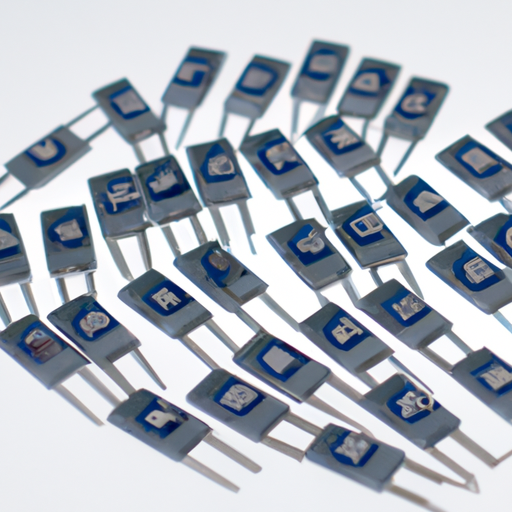Overview of Precision Trimmed Resistors
Precision trimmed resistors are critical components in electronic circuits where accuracy and stability are paramount. They are designed to provide precise resistance values with minimal variation due to temperature changes, voltage fluctuations, or aging. This overview highlights their core functional technologies and application development cases across various industries.
Core Functional Technology of Precision Trimmed Resistors
| 1. Precision Trimming Process | |
| 2. Temperature Coefficient | |
| 3. Material Composition | |
| 4. Noise Characteristics | |
| 5. Power Rating | |
| 1. Instrumentation and Measurement | |
| 2. Medical Devices | |
| 3. Industrial Automation | |
| 4. Consumer Electronics | |
| 5. Telecommunications | |
| 6. Aerospace and Defense |
Application Development Cases
Conclusion
Precision trimmed resistors are indispensable components in modern electronics, providing the accuracy, stability, and reliability required for high-performance circuits. Their advanced manufacturing processes, low temperature coefficients, and excellent noise characteristics make them suitable for a wide range of applications, from medical devices to aerospace systems. As technology continues to evolve, the demand for precision components like trimmed resistors will likely increase, driving further innovation in their design and application across various industries.






